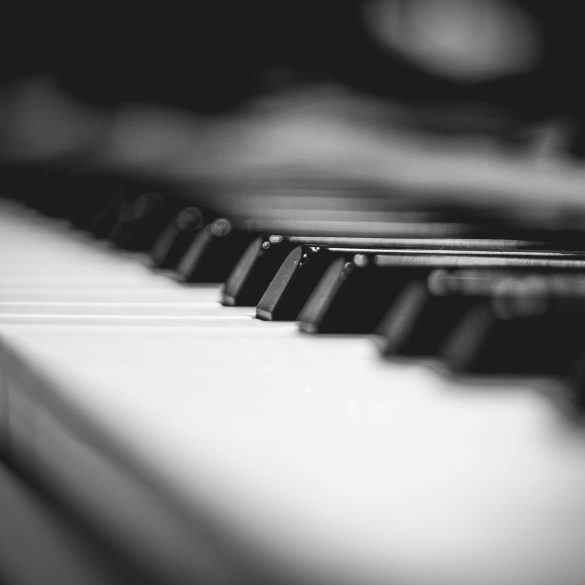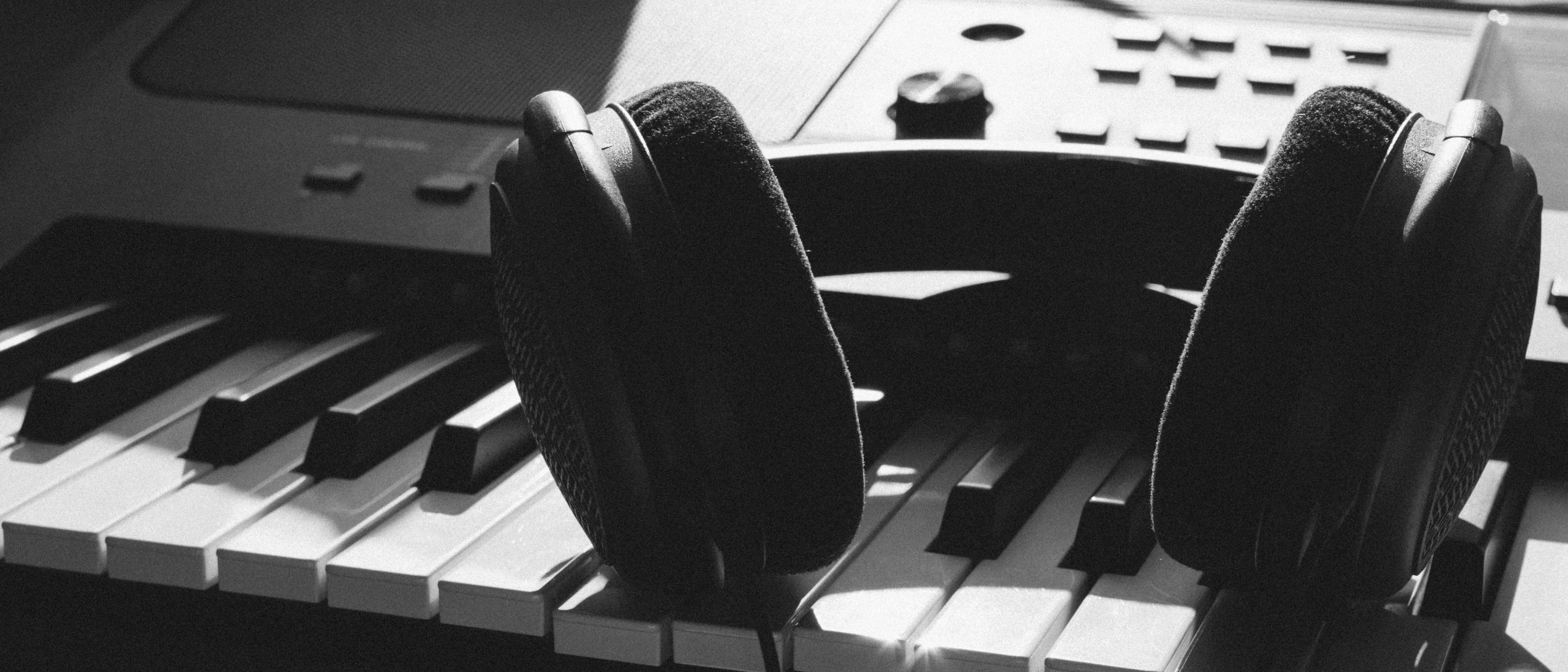When buying a piano for the first time (or getting a replacement), there are many factors taken in consideration. One has to consider the type, model, budget, instrument performance and even the space allocation in the home or room. One thing that many should know is the design, feel, and touch of the key mechanism used on modern keyboards.
Commonly referred to as the key action, this can vary a great deal. Understanding how key actions work and what each offer can help you differentiate among the various types of keyboards and models offered.

A few types of keys are available on certain keyboards. On digital and synthesized instruments, these keys are lighter, while others heavier to the touch. An important note: key weight has nothing to do with the dynamics of the key mechanism of the instrument.
Here are the following key weight classes:
A few types of keys are available on certain keyboards. On digital and synthesized instruments, these keys are lighter, while others heavier to the touch. An important note: key weight has nothing to do with the dynamics of the key mechanism of the instrument.
Here are the following key weight classes:

• FULLY WEIGHTED KEYS:
A weighted or fully weighted key imitates the mass of the piano key action. These are made of wood with a coating or veneer on top and has a slightly protruding top front lip and is enclosed on the front surface. Both acoustic piano keys and high-end digital piano keys have weighted keys. The keys have a certain amount of weight to them, so a player exerts more energy to make them move. This key resistance provides more feedback to the fingers when one is trying to play dynamically. This also allows for more nuanced control of soft dynamics. And this precise control is why serious pianists prefer weighted key.

• SEMI-WEIGHTED:
These types of keys are made with added weight to the non-weighted synth key or plastic piano-shaped key. Manufacturers usually stick a metal bar to the key’s underside to provide the weight and increase its mass. They do this in order to make it feel a bit more solid to the touch. Another inclusion is a spring in the mechanism to provide resistance to the player’s touch. Semi-weighted keys provide a middle ground between weighted and non-weighted key mechanisms for synth actions.

• NON-WEIGHTED:
Non-weighted, or otherwise referred to as synth-action keys, have the lightest, simplest action. The lightweight keys are made entirely of plastic and resembles a diving board with no front edge. Piano/organ makers often have some spring in the mechanism to add some slight resistance. This would provide enough give to just to keep them from feeling loose and uncontrollable. Simpler organs and synthesizers plastic keys have little mass, or resistance, to them, making them easier and faster to play. Usually, non-pianists (clav, synth, etc.) and organ players prefer these non-weighted keys to reproduce wide dynamics.
That concludes our lesson on weighted keys. Do you know what kind of keys your piano has? And what kind of keys do you prefer? Let me know in the comments below.